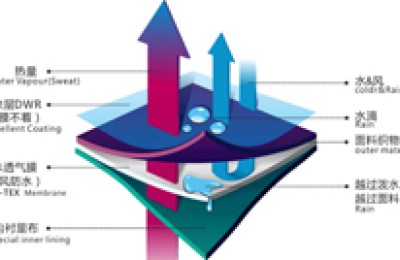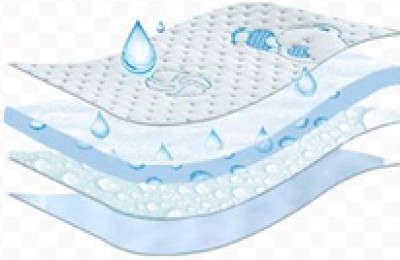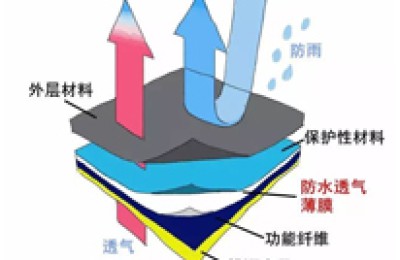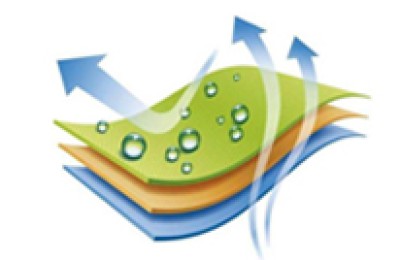Since October last year, with the depreciation of the yen, an air-jet loom originally worth RMB 300,000 imported from Japan now costs only RMB 260,000. According to Xu Jianmin, head of the sales department of Marubeni Corporation, Tsudakoma’s general agent in China, the prices of air-jet looms with different configurations vary, but in general, Tsudakoma’s air-jet looms are sold in the Chinese market only due to exchange rates. The average price drop is close to 20%. Don’t even think about this in normal sales negotiations, which usually fluctuate by 1 to 2 percentage points at most.
A loom is 20% cheaper
Nissan orders increased by 30%
The huge price temptation made my country’s textile enterprises, which were originally in a sluggish situation, take a long-term view and seize this opportunity to purchase large quantities of Japanese air-jet looms. According to customs statistics, my country imported 4,933 air-jet looms from January to August this year, a year-on-year increase of 90.17%, and 777 more than the total import volume last year.
Air-jet looms have always been the most imported type of textile machinery in my country, and they mainly come from the two major Japanese companies, Toyota and Tsudakoma. In the past two years, due to the sluggish domestic textile market, the sales of Japanese looms in our country have shown a downward trend. Especially last year, with the depreciation of the euro, several Japanese projects also turned to Europe.
Just when Japanese loom manufacturers are worried about this year’s market, the yen has depreciated more significantly after March and April this year. In a few months, the price of an air-jet loom has dropped by nearly 20% compared to last year. . At the same time, orders from Japan’s two major loom manufacturers rebounded rapidly.
“In fact, this year’s cotton textile situation is the worst in recent years. We originally estimated that textile companies would not purchase weaving equipment on a large scale this year. However, due to exchange rate reasons, the price has become 20% cheaper. Some Private enterprises in the south took advantage of the cheap prices to place orders for future considerations.” Xu Jianmin said that the price drop of each device is close to 20%, which is unthinkable in Tsudakoma’s usual sales negotiations, which usually fluctuate by 1 to 2 percentage points at most.
Undoubtedly, the depreciation of the yen has not only benefited domestic user companies, but also boosted the sales of Japanese air-jet looms.
According to the reporter’s understanding, Tsudakoma Company sold 3,000 air-jet looms in the first eight months of this year, while only 2,000 were sold in the whole of last year.
Another major loom manufacturer in Japan, Toyota Automatic Loom Co., Ltd., also has very good sales this year. Toyota sells about 10,000 looms in the global market every year, and China accounts for about 70% of its sales. During the sales statistics period from April 2012 to March 2013, Toyota sold approximately 6,000 looms to China. According to Xu Yu, Toyota Automatic Loom’s Shanghai representative office, this year’s orders have increased by 30% year-on-year.
The domestic equipment market is weak
Companies complain about the depreciation of the yen
In contrast to the booming sales of Japanese air-jet looms, the sales of domestic air-jet looms this year are unsatisfactory. It is understood that orders from Toyota and Tsudakoma are scheduled until March and April next year, while most orders for domestic air-jet looms only last about two months. Some companies are even reducing production. The largest domestic air-jet loom manufacturer Xianyang textile machinery orders have also decreased significantly compared with last year.
The best-selling domestic air-jet loom this year is Wuxi Siplan Air-jet Loom Manufacturing Co., Ltd. As of the end of August, it had sold 600 air-jet looms, equivalent to the entire output of last year. Ding Chaoying, the company’s general manager, said in an interview with reporters that their sales would have been better if the yen had not depreciated.
In interviews with domestic air-jet loom manufacturers, most companies agree with Ding Chaoying, believing that sales of domestic air-jet looms have been slow this year. In addition to the market slump, the depreciation of the yen has led to Nissan looms seizing the market. As for the share of domestic looms, some users who originally planned to purchase domestic air-jet looms turned to Japanese air-jet looms. Ding Chaoying said that an order their company is negotiating is swinging between Supra and Toyota, and other companies have similar situations.
Whether the Japanese yen will continue to depreciate is currently a concern for domestic air-jet loom manufacturers. In their view, the depreciation of the yen is a great benefit to Japanese companies. When prices remain unchanged, part of the cost will be reduced as output increases, thereby further increasing the profits of Japanese companies; if the original profits are maintained , if Nissan Loom lowers its prices appropriately, it will further stimulate order growth. Before the depreciation of the yen, the price difference between domestic and Japanese air-jet looms was 40%, but now it is only 30%. If the yen continues to depreciate, the price gap will be even smaller, which will have a greater impact on domestic looms.
Price is not the dominant reason
Product positioning determines everything
Regarding the question of whether the depreciation of the yen will cause some companies to switch from domestic equipment to Japanese equipment, Japanese companies and Chinese companies have completely different views. Xu Yu believes that textile companies generally choose domestic equipment or Japanese equipment based on the positioning of their products. They will not switch from domestic equipment to Japanese equipment just because the price is cheaper. This phenomenon cannot be said to not exist, butvery few. Xu Jianmin also holds the same view as Xu Yu. He said that even if a domestic air-jet loom costs 160,000 yuan (already including 17% tax) and a Japanese air-jet loom drops from 300,000 to 260,000 yuan (17% tax must be paid when purchasing), there is still a gap between the two. There is a gap of 100,000 yuan. He believes that the price gap is not the main reason why leading companies choose equipment. In addition to product positioning, there is also the company’s usage habits. Among Tsudakoma’s customers this year, most are from old customers. Even new customers chose Nissan air-jet looms because of their product positioning. Xu Yu said that in fact, the price gap between domestic air-jet looms and Japanese-made air-jet looms is reflected in the comprehensive gap in technical performance, manufacturing quality and service level of the equipment. This is also the main reason why my country imports thousands of Japanese air-jet looms every year.
In this regard, domestic air-jet loom manufacturers have also expressed recognition. But at the same time, everyone also believes that domestic air-jet looms have made great progress in recent years. Not only are they technically catching up with Japanese equipment, but the price gap is also shrinking, and production has gradually caught up, replacing some of the imports. Of course, if we want to truly replace imports, we need to continue to innovate and improve technology.
In fact, changes in the exchange rate have led to a large rebound in Japanese loom orders. Fundamentally speaking, it is still due to market demand. In other words, there is a market, but the key is whether your equipment can keep up with the needs of the enterprise. Everyone believes that due to limited production, Nissan looms cannot capture all the market. Domestic looms still have certain competitiveness in terms of cost performance. Under the current circumstances, in addition to consolidating the domestic market, domestic air-jet loom manufacturers must also focus on exploring overseas markets. Only by walking on two legs can we walk more steadily and farther.






